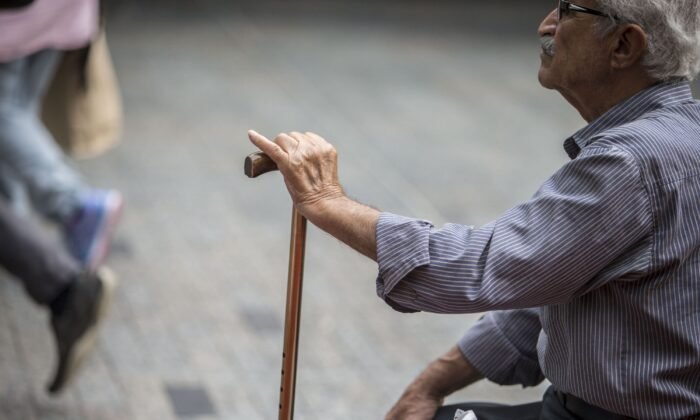Victoria Experiences Steady Increase in Euthanasia-Related Fatalities
Over 306 Victorians died using the state’s euthanasia laws last financial year, a steady increase since the practice was legalised, a report has found.
The Voluntary Assisted Dying Review Board annual report found from July 1, 2022, to June 30, 2023, deaths from people accessing a voluntary assisted dying (VAD) substance rose by 11 percent.
Meanwhile, VAD applications rose six percent to 649 compared to the previous year.
Voluntary Assisted Dying Review Board Chairperson Julian Gardner noted the numbers do not account for the comfort the program provides.
Mr. Gardner said, “People who obtain the substance but choose not to use it receive comfort and relief from suffering by knowing they have the option.”
“Furthermore, there are people who never apply for voluntary assisted dying but receive comfort from knowing that there is an option to do so,” he said, saying families also had the same experience.
However, the report detailed concerns from the Board about a significant proportion of applicants dying before undergoing the procedure.
“Applicants may not realise that the approval process can be lengthy and leave their request too late in the progression of their illness,” Mr. Gardner said.
Further increases in the scheme include a 34 percent rise in applicants proceeding through a practitioner administration process compared to the previous year.
Jurisdiction Differences
In Western Australia (WA), there was a 1.1 percent increase in deaths over the 2021-22 year compared to Victoria’s 0.65 percent in 2022-23.
Health practitioners in WA are not prohibited from initiating discussions about VAD, provided they advise on all other treatment options.
This fundamental difference could explain a “higher access rate (in WA) in the initial implementation period than experienced in Victoria,” Mr. Gardner said.
All Australian jurisdictions now have the power to enact VAD schemes, with the majority having done so.
The report found that 2,203 applications for VAD were started. However, 782 applications were withdrawn, and 1,527 permits were issued.
Victoria Premier Daniel Andrews said it was a “good thing that more and more Victorians are confident enough and know enough about the system that they can assess it.”
However, the Victorian government has been criticised for being too conservative with its euthanasia model, Mr. Andrews said.
The premier defended the claim, saying it was about “giving people a compassionate choice.”
Who is Seeking Euthanasia?
In Victoria, access to VAD has strict qualifying requirements.
A potential applicant must ask a medical practitioner directly about VAD to commence a conversation, and seeking support to request voluntary assisted dying from an interpreter or speech pathologist is encouraged if required.
The medical practitioner will need to assess both demographic and medical information.
The report found that most applicants spoke English at home, that Australia was the majority birthplace for applicants, and that 34 percent of applicants were between the ages of 70 and 79.
Furthermore, the report found that 68 percent of cases were in the metropolitan area, while 32 percent were in the regions.
Earlier this year, members of the Board published a paper in the Australian Health Review calling for wider access to the procedure.
The paper argued for the Commonwealth Criminal Code 2005 to be revised to enable equitable and timely access to VAD.
Current restrictions to VAD are that applicants must meet all eligibility criteria, including having been diagnosed with an incurable disease, illness, or medical condition expected to cause death within six months or 12 months for a neuro-degenerative disorder.
“The illness must be causing you suffering that cannot be relieved in a manner you find tolerable,” Mr. Gardner said.
Review of the Act
During this reporting round, the Board received feedback about the VAD Act 2017 (VIC) saying the financial burden of the process impeded access or put pressure on those seeking to undergo the procedure.
Meanwhile, medical practitioners found the clinical time required to undergo an assessment process was not adequately compensated through the existing Medicare Benefits Schedule remuneration items.
The review considered revising the Medicare Benefits Schedule to include additional item numbers to compensate medical practitioners for an assessment.
Secondly, the review considered the process of changing a permit type once granted to ensure timely access to voluntary assisted dying is not impeded for those applicants whose ability to self-administer may change.
Victoria was the first jurisdiction in Australia to legalise euthanasia with other states subsequently following.






